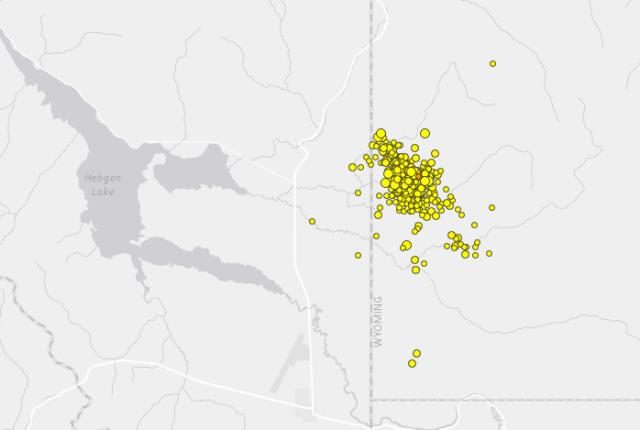OF THE
TIMES
Today as never before we need to comprehend the course, logic, and path of the process of history. Every day we need to make decisions that will affect future generations. It has become obvious that no single nation, confession, social class or even civilization can solve these problems on its own. We increasingly have to listen to one another: Europe and Asia, Christians and Muslims, White and Black peoples, citizens of modern democratic states and places where traditional society survives. The key is to understand one another correctly, avoid hasty conclusions, and acquire the true spirit of tolerance and respect toward those with different value systems, habits, and norms.
What they don't say - it were mostly US and Nato installations (vessels, aircraft and land-based) that tried deflect the Iranian response towards...
What you think about this song: [Link] - tis called "Shankin'" by Ian Oliver - What you think - you been getting enough shanking lately? Tomorrow...
If everything else is so flawed proven - why does anybody think the speed of light has been measured with accuracy?
They're still mad Jill "stole" votes from Killary... 🤣 Stein and RFK jr. poised to siphon votes away from the Commander in Thief. 😎 that makes the...
From 150,000,000 miles away, a transmission would take 12.5 minutes to reach Earth, not 90 seconds. Perhaps the author meant to say the entire...
To submit an article for publication, see our Submission Guidelines
Reader comments do not necessarily reflect the views of the volunteers, editors, and directors of SOTT.net or the Quantum Future Group.
Some icons on this site were created by: Afterglow, Aha-Soft, AntialiasFactory, artdesigner.lv, Artura, DailyOverview, Everaldo, GraphicsFuel, IconFactory, Iconka, IconShock, Icons-Land, i-love-icons, KDE-look.org, Klukeart, mugenb16, Map Icons Collection, PetshopBoxStudio, VisualPharm, wbeiruti, WebIconset
Powered by PikaJS 🐁 and In·Site
Original content © 2002-2024 by Sott.net/Signs of the Times. See: FAIR USE NOTICE

Comment: Yellowstone supervolcano is hit by 464 earthquakes in just ONE WEEK